Description
This best selling text on computer organization has been thoroughly updated to reflect the newest technologies. Examples highlight the latest processor designs, benchmarking standards, languages and tools. As with previous editions, a MIPs processor is the core used to present the fundamentals of hardware technologies at work in a computer system. The book presents an entire MIPS instruction set instruction by instruction the fundamentals of assembly language, computer arithmetic, pipelining, memory hierarchies and I/O.
A new aspect of the third edition is the explicit connection between program performance and CPU performance. The authors show how hardware and software components–such as the specific algorithm, programming language, compiler, ISA and processor implementation–impact program performance. Throughout the book a new feature focusing on program performance describes how to search for bottlenecks and improve performance in various parts of the system. The book digs deeper into the hardware/software interface, presenting a complete view of the function of the programming language and compiler–crucial for understanding computer organization.
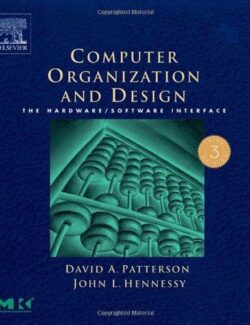
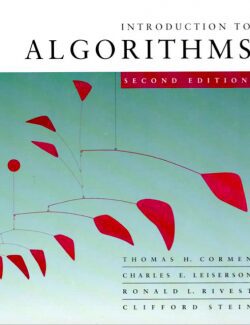
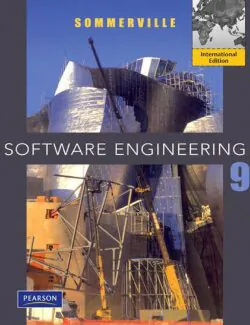
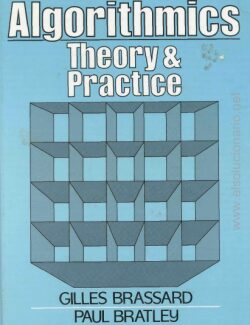
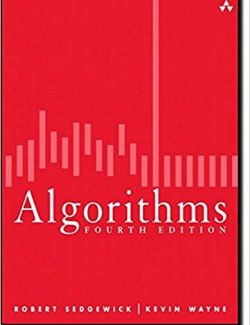
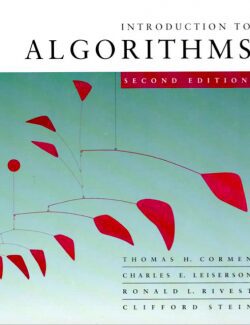
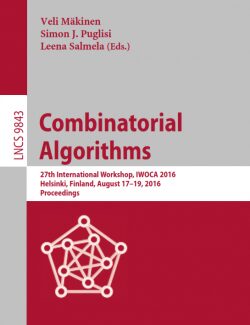
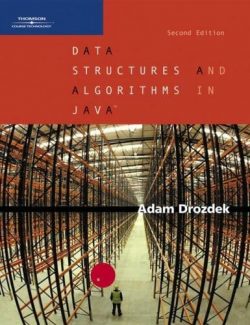
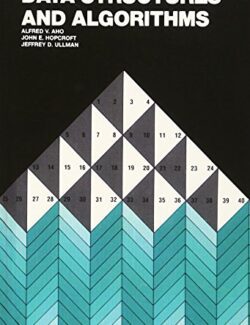
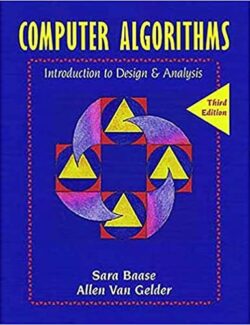
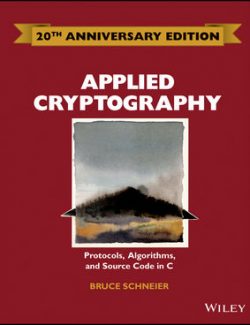
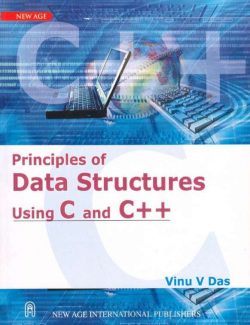
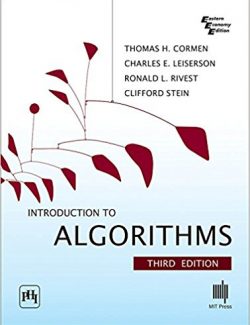
Leave us a comment
No Comments